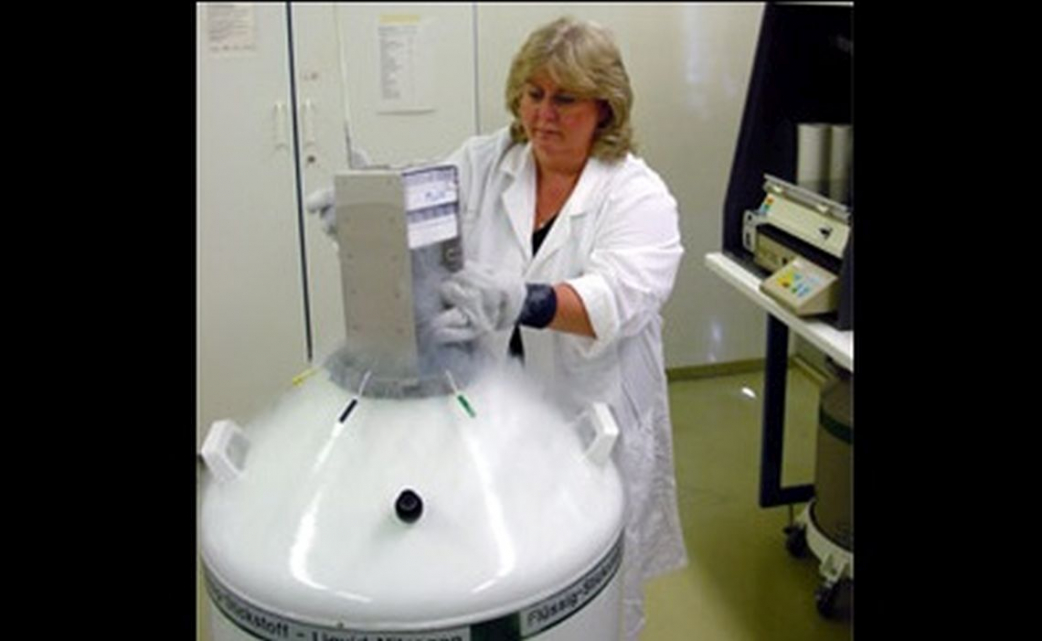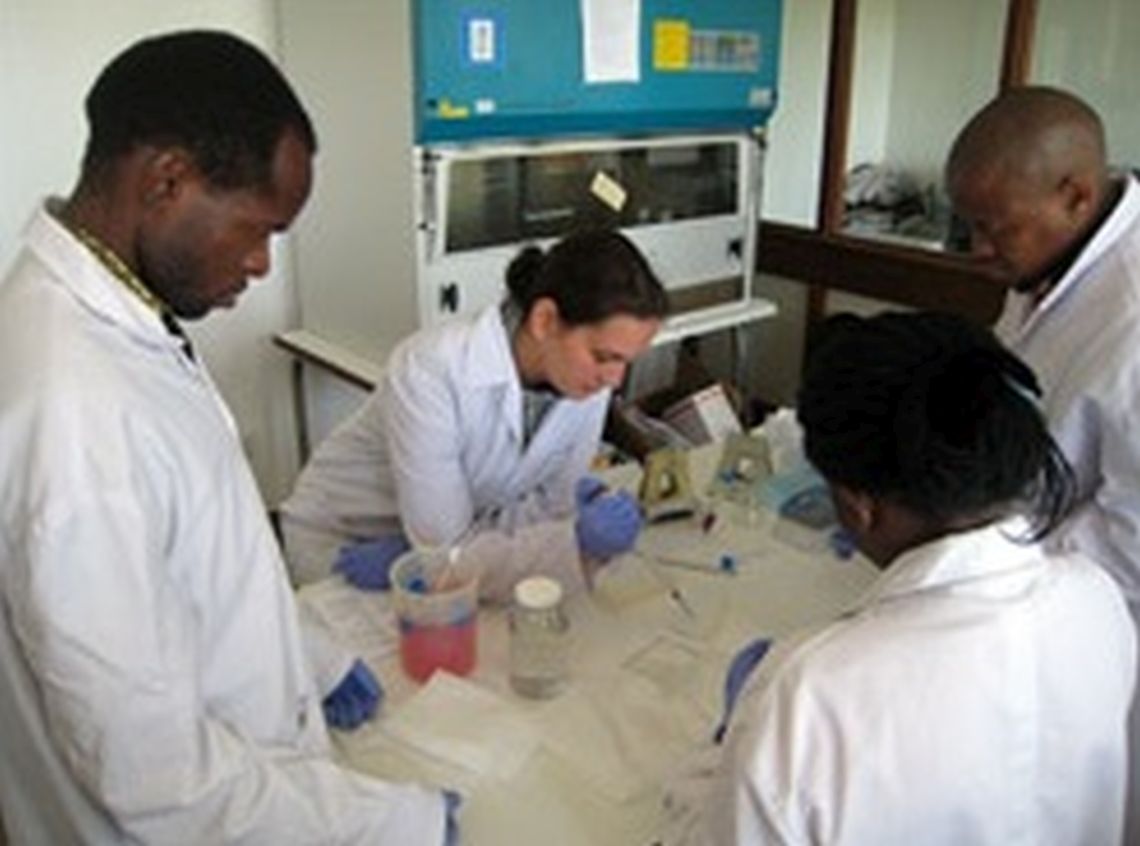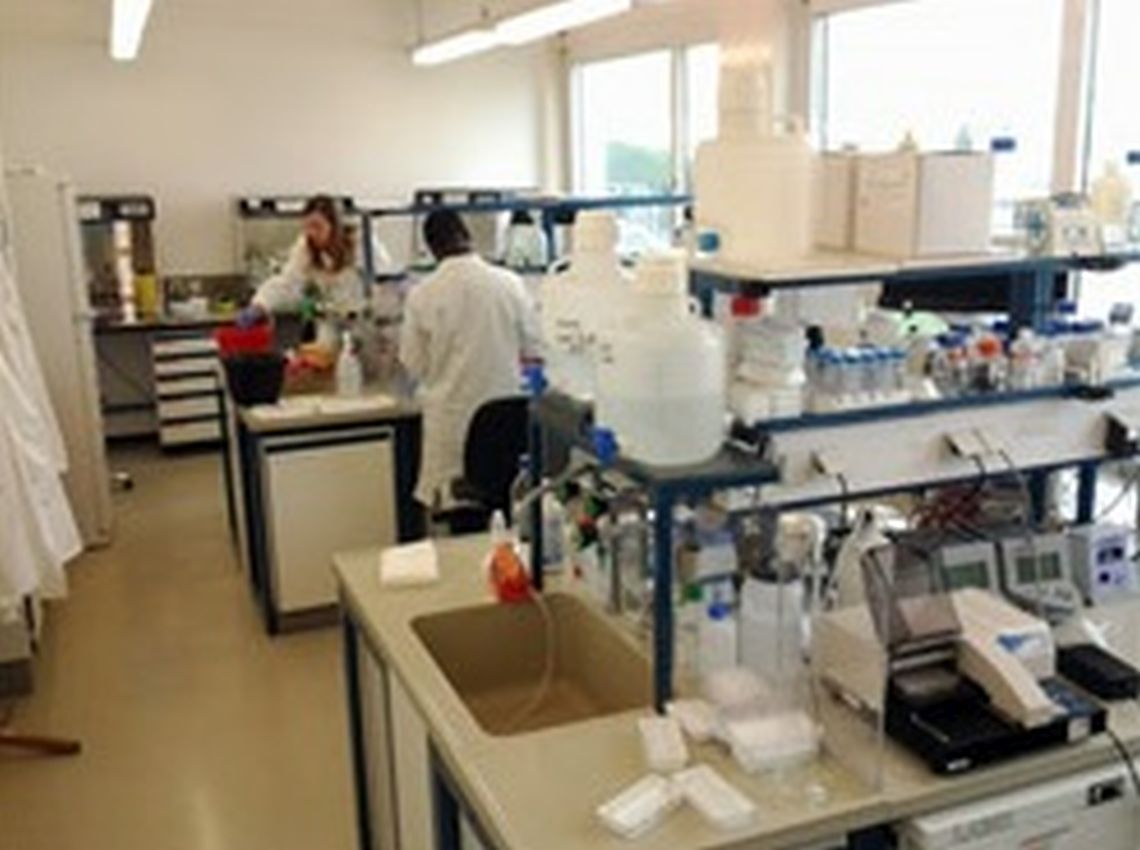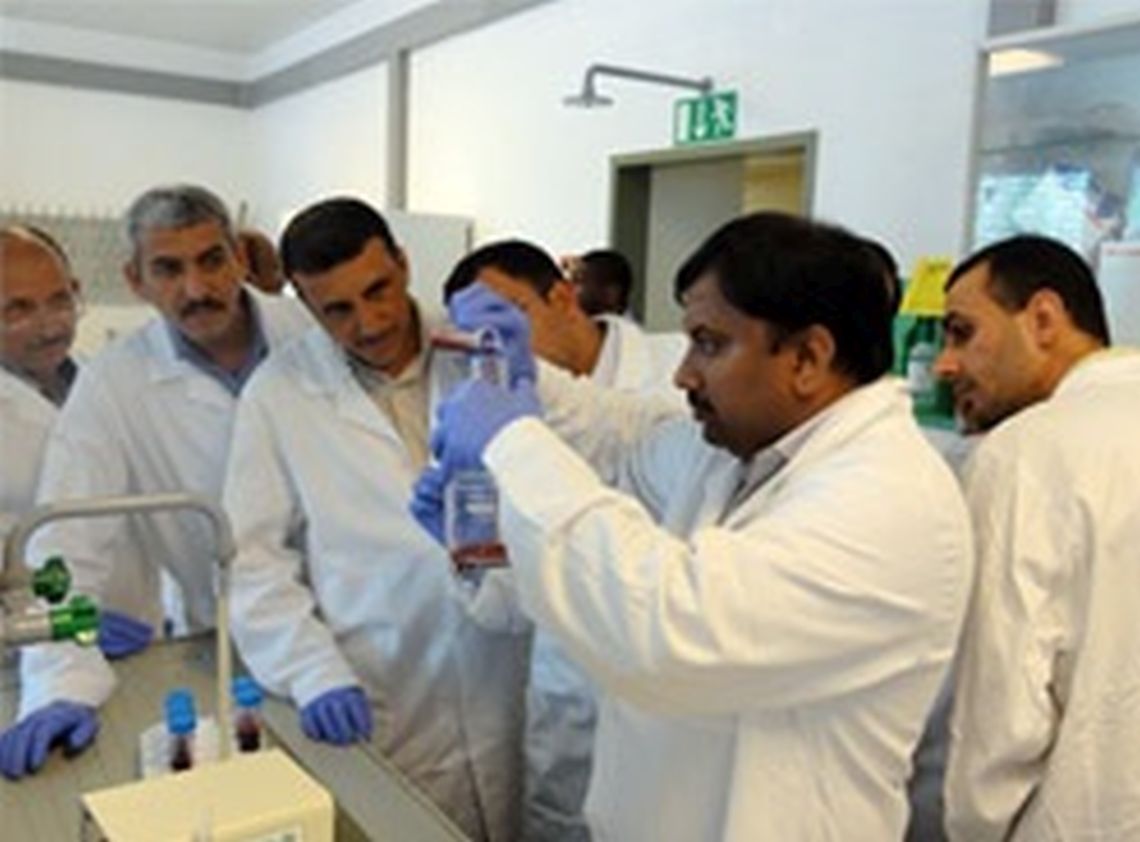The Animal Production and Health Section (APH) was one of the original six sections of the Joint FAO/IAEA Centre. Due to Member States (MS) needs for effective, validated and harmonised country support, the APH was extended in 1984 with a laboratory component. The Animal Production and Health Laboratory (APHL), initially known as the Animal Production Unit (APU) started operating its research and development, reference and support activities 20 years after the establishment of the Joint FAO/IAEA Centre.
The APU established a nutrition laboratory followed by the immunoassay laboratory and years later the disease diagnoses laboratory. The nutrition lab started working on the rumen simulation technique (RUSITEC) for the evaluation of fermentation characteristics of fibrous residue-based diets. As a programmatic change, APU initiated the development and validation of radioimmunoassays (RIA) for the measurement of metabolic hormones (T3 and T4) and the development and field testing of nutritional metabolites in blood. In parallel, protocols were devised for body condition scoring, weigh-banding and faecal egg counting.
The RIA laboratory started its operation in 1983 with the goal of developing a progesterone RIA system using an iodinated tracer. At the beginning, liquid-phase progesterone RIA systems were developed but they were eventually replaced by solid-phase RIAs using coated tubes resulting in the self-coating’ progesterone FAO/IAEA RIA kit. In addition, RIAs for testosterone and 17?-oestradiol were developed. Typically, more than 2000 RIA kits were distributed per year to more than 70 laboratories in more than 50 countries.
The disease diagnoses laboratory was established in 1986. The APU, in collaboration with other laboratories (e.g. IAH and CTVM, UK; ADRI, Canada; CSIRO, Australia; ILRAD, Kenya; Cornell University, USA; PANAFTOSA, Brazil), adapted, developed, evaluated and validated nuclear and nuclear related immunoassay for the diagnosis of rinderpest, brucellosis (B. abortus), trypanosomosis (Trypanosoma congolense, T. vivax, T brucei), babesiosis (B. bovis), foot-and-mouth disease (FMD), blue tongue, and infectious bovine rhinotracheitis (IBR) among others. The end-user friendly ELISA format required minimal, but standardised, equipment such as an ELISA reader and a few micropipettes. Nearly 110 ELISA kits per year were provided to counterparts in the ‘90s, which were equivalent to approximately 0.6 million tests per year in 75 countries in Africa, Asia, and Latin America. Additional developmental work included the use of radio-labelled DNA (e.g. Northern Blots/Southern Blots/Maxim and Gilbert and Sanger Sequencing and fingerprinting) and Protein (e.g. Western Blots) probes for antigen and antibody detection.
An External Quality Control (EQC) System to support the use of the progesterone RIA kits was established in 1988 and for ELISA kits in 1990. The EQC proficiency service was conducted on a regular basis and kit users reported back their assay data for analysis and follow-up action. The results showed that most participating laboratories performed within acceptable international limits and that these kits performed well, sometimes under difficult conditions due to transport, waiting period in customs and in recipient laboratories (i.e. the kits were durable and robust). The RIA EQC system was used as basis for the ELISA External Quality Assurance Programme (EQAP) to further assist MS in establishing a laboratory quality system and the implementation of quality standards for all laboratory activities.




